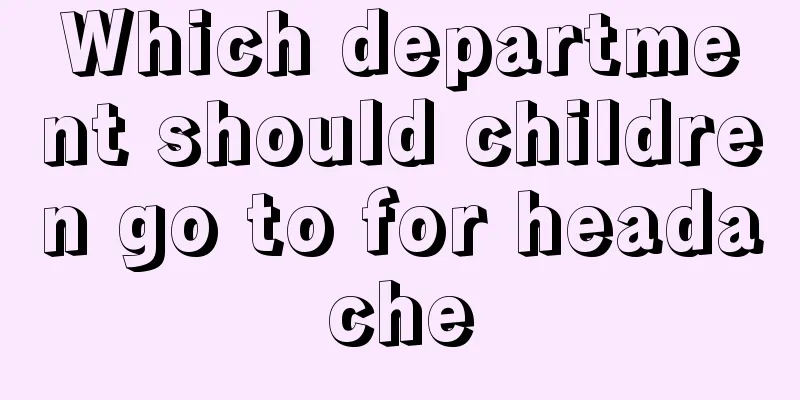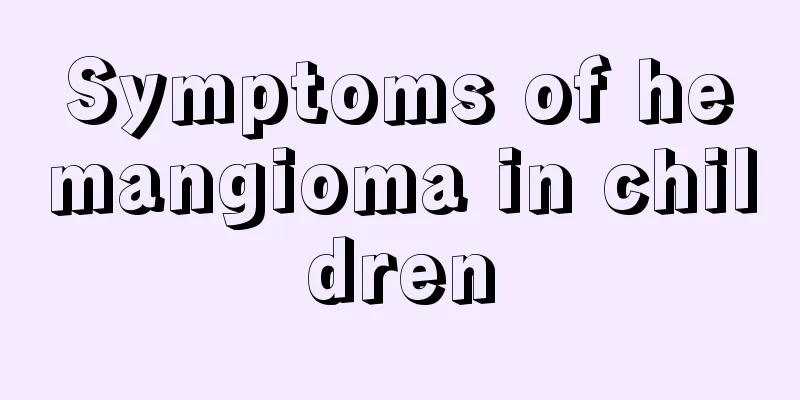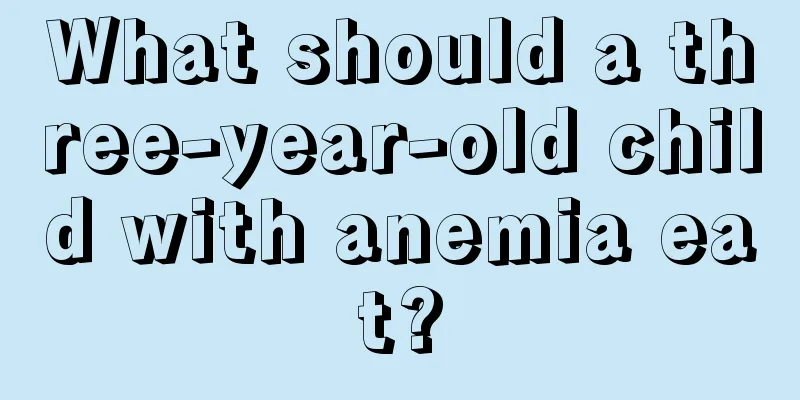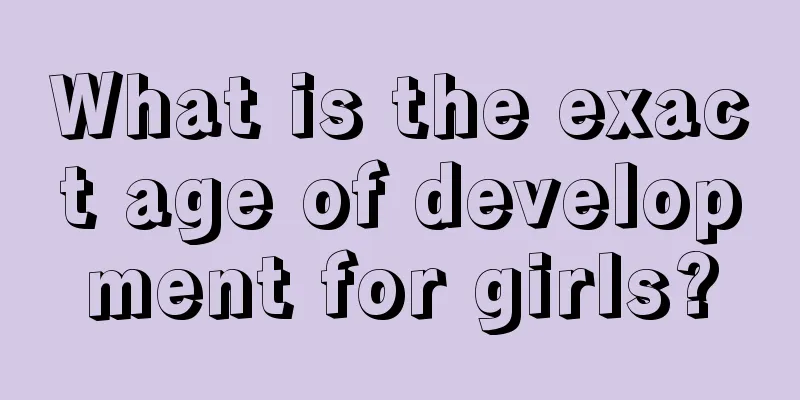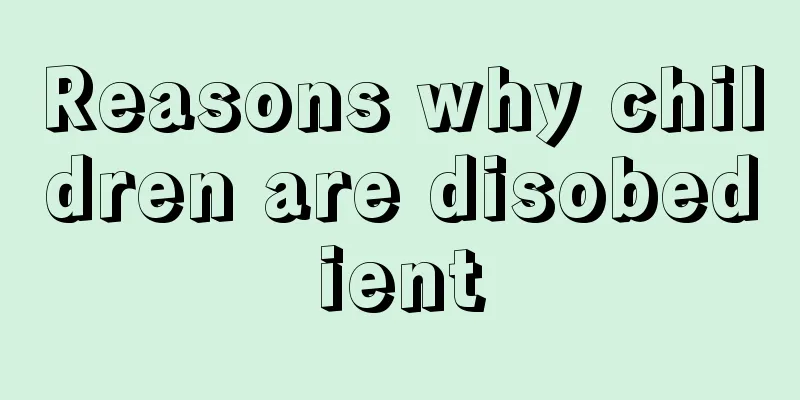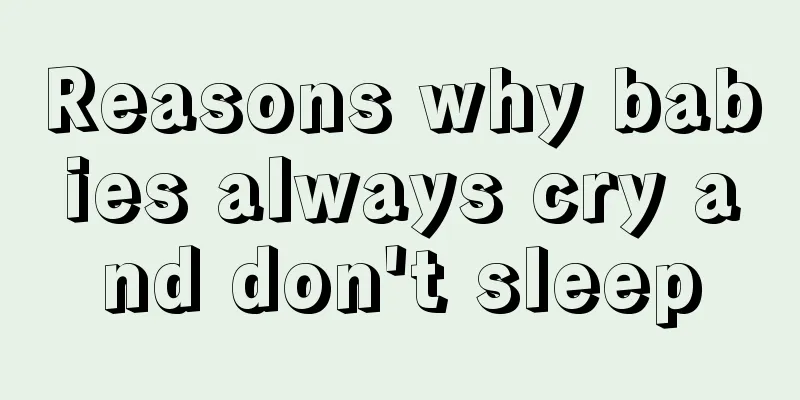Will a febrile seizure leave sequelae?
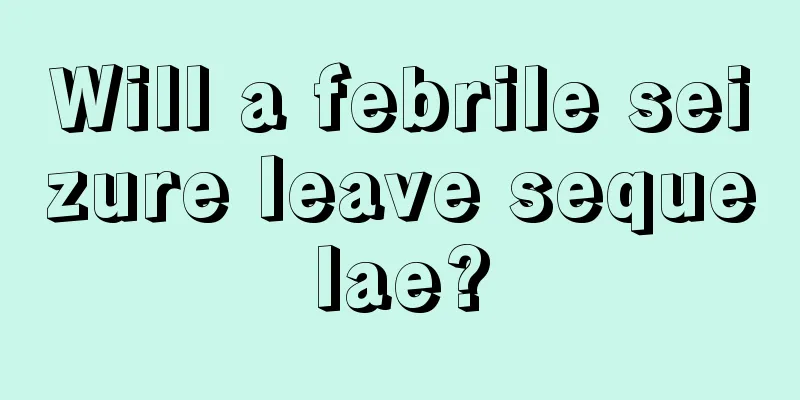
|
Children's physical health is an issue that their families are very concerned about. Once children have some symptoms, parents are very worried and don't know how to deal with it. We suggest that parents can learn more about common children's diseases so that when their children at home become sick, they will know how to deal with it. Febrile convulsions are a symptom that children are prone to, so will febrile convulsions leave sequelae? Febrile convulsions refer to convulsions that occur in children when the body temperature rises to >= 39°C in the early stages of respiratory tract infection or other infectious diseases, excluding intracranial infection and other organic or metabolic diseases that cause convulsions. The main manifestations are sudden tonic or clonic convulsions of the whole body or local muscle groups, staring, squinting, straightening or rolling up of the eyes, accompanied by loss of consciousness. Febrile seizures are divided into simple febrile seizures and complex febrile seizures. It can occur in children of all ages (except the neonatal period), and is more common between 6 months and 4 years old. The prognosis of simple febrile convulsions is good, while the prognosis of complex febrile convulsions is poor. 1. Intravenous diazepam is the first choice. After controlling convulsions, sodium phenobarbital or other drugs are used to consolidate and maintain the therapeutic effect. Diazepam has side effects of suppressing breathing, heart rate and lowering blood pressure, so cardiopulmonary resuscitation measures should be prepared. 2. Amobarbital sodium or thiopental sodium should be used only when the above anticonvulsant drugs are ineffective. Thiopental sodium can cause laryngeal spasm. Do not move the head when using it to prevent laryngeal spasm. Once laryngeal spasm occurs, the head should be tilted back, the lower jaw should be lifted to prevent the root of the tongue from falling back, and atropine should be injected intramuscularly to relieve spasms. 3. When convulsions persist and intracranial hypertension occurs, measures to reduce intracranial pressure such as 20% mannitol and furosemide should be used. 4. For patients with high fever, physical cooling and/or drug cooling should be performed. 5. Give appropriate etiological treatment to convulsions of different causes. In the above article, we suggest that parents can learn more about common childhood diseases so that once the child has a problem, they will know how to help the child treat the disease. In the above article, we raised a question, that is, whether febrile convulsions will cause sequelae. In fact, everyone can rest assured that febrile convulsions will not cause sequelae. |
<<: What causes puffy eyes in children?
>>: What is the normal range of heart rate for children?
Recommend
What to do if your child has hereditary white hair
Children at a young age will not be troubled by w...
What are the typical symptoms of acute nephritis in children?
Acute nephritis in children is a very common dise...
Baby's behavior after being frightened
It is quite common for babies to be frightened, w...
Treatment of moderate anemia in babies
The incidence of moderate anemia in babies is get...
What happens if the baby’s anterior fontanelle is sunken?
The anterior fontanelle is unfamiliar to a person...
How to prevent yellow teeth in children?
There are many things that children need to learn...
What to do if the baby has phlegm in his throat and can't cough it out?
Sometimes babies have phlegm in their throats tha...
My baby has a lot of phlegm and coughs. What are the methods to expel the phlegm?
Infants and young children usually have poor immu...
Is dental pit and fissure sealing good?
If we observe our teeth carefully, we will find t...
Here are some tips to prevent children from getting scalded
Children are always associated with naughtiness a...
Is there still hope for a cure for benign epilepsy in children?
Benign epilepsy in children is a common brain neu...
Reasons for peeling of the heels of children
Generally speaking, the air is very dry in autumn...
What to do if your baby has balanitis
Taking care of a baby boy is not an easy task. If...
Can babies eat pineapples?
The baby is still young, so the mother must be ca...
What to do if children have ringworm on their face
If a child has ringworm on his face, it will grea...
